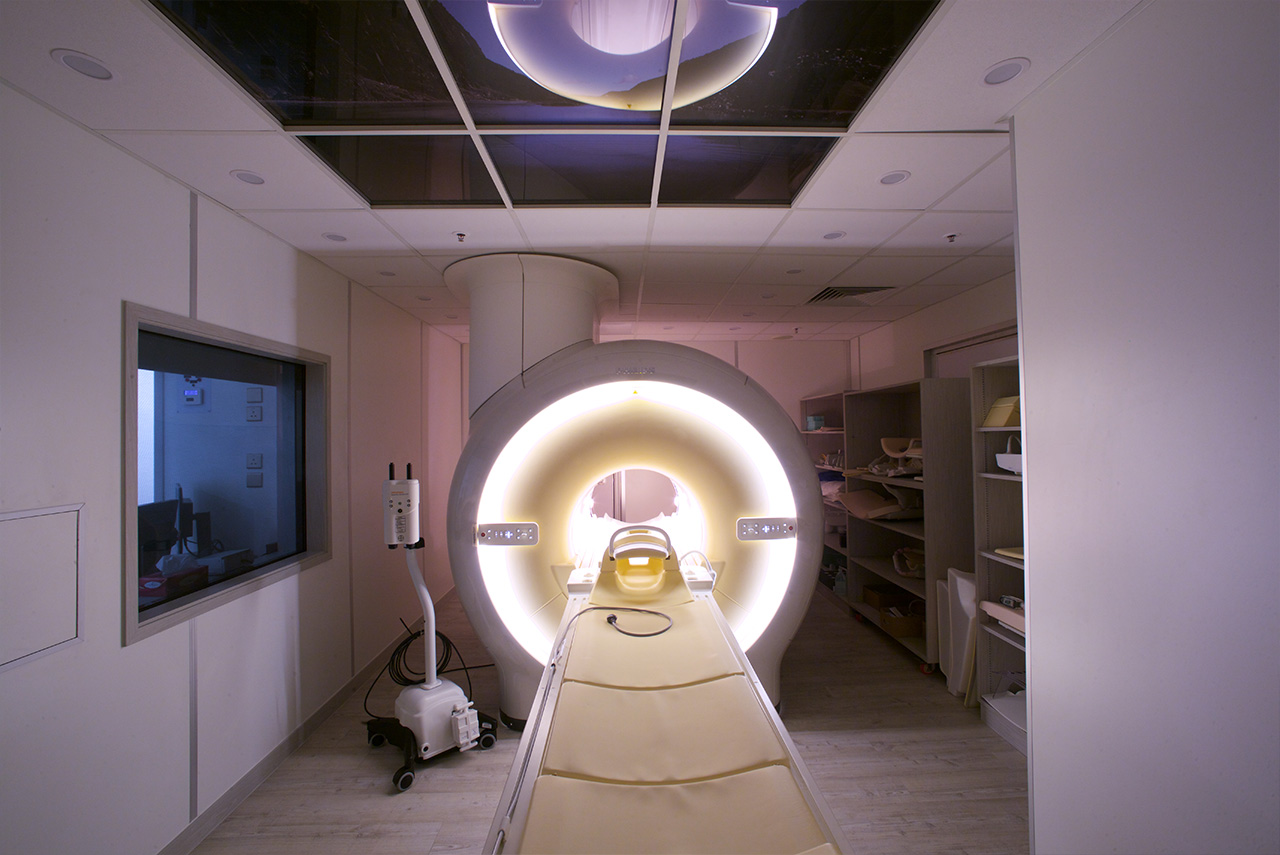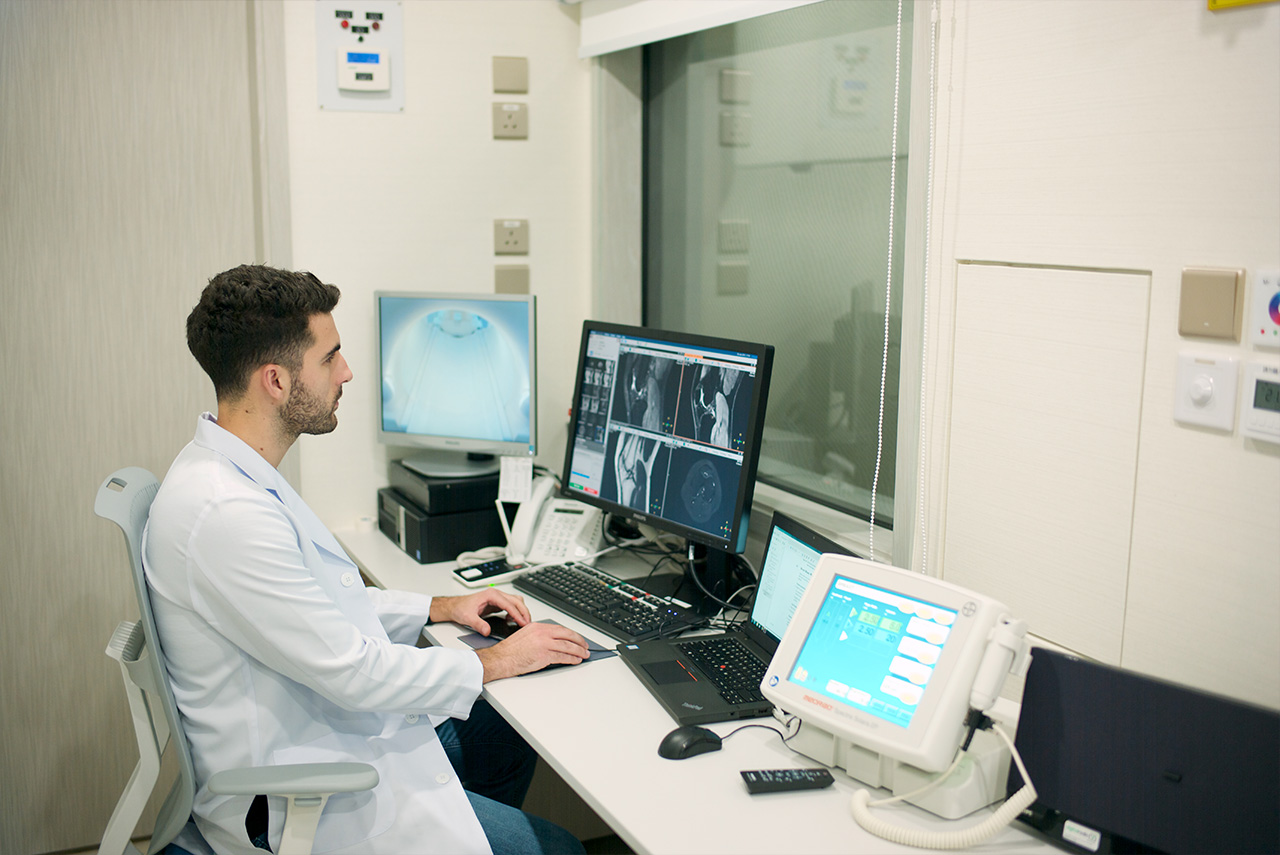Cervical Cancer
Cervical cancer is one of the most frequent cancers in women. The tumor may not cause any symptoms in its early stages, but it can be diagnosed with routine cervical screenings. It has the potential to spread and become a lethal condition if left misdiagnosed and untreated. Cervical cancer is linked to early sexual activity, so after you’ve started having sex, you should have a cervical screening on a regular basis.
Cervical cancer is divided into two types: squamous cell cancer (the most common) and adenocarcinoma, however they are sometimes mixed. They’re named after the many sorts of malignant cells. Adenomatous cells make mucus and are found in the channel between your cervix and your womb. Squamous cells are flat cells that cover your cervix; adenomatous cells produce mucus and are found in the passageway between your cervix and your womb. Small cell cancer is another cervical cancer that is more rare.

Causes of Cervical Cancer
The human papillomavirus (HPV) is the most common cause of cervical cancer. HPV is divided into over a hundred different varieties, or strains, each with its own number. HPV causes warts and verrucas in some people, while others raise the risk of cervical cancer in others.
You could have contracted this common virus through intercourse and be completely ignorant of it because it normally has no symptoms. It’s possible that your immune system will clear the infection and you won’t even be aware of it. Cervical cancer affects just a small percentage of women infected with HPV.
A different kind of HPV causes cervical cancer.
Cervical cancer is linked to the following risk factors:
- Smoking
- Have sex at an early age
- Have other sexually transmitted infections such as chlamydia and herpes
- Have many sexual partners, or have a partner who has had many partners
- Take contraceptive pills long-term
- Have a weakened immune system
Symptoms of Cervical Cancer
If abnormal cells on your cervix are detected on your smear, they are normally in the early stages of pre-cancer and do not produce any symptoms. Cancer is prevented by treating abnormal cells.
Below are some symptoms that might be caused by cervical cancer. If you experience them, see your doctor.
- Abnormal vaginal bleeding, for example between periods or after sex
- Smelly vaginal discharge
- Pain during sex
- Vaginal bleeding after the menopause
- Pain in your pelvis
Diagnosis of Cervical Cancer
Your doctor will refer you to a gynecologist if you have an abnormal screening result or signs of cervical cancer.
You may be subjected to a variety of tests, including the ones listed below.
- A colposcopy is a procedure in which your doctor examines your cervix with a piece of lighted magnifying equipment called a colposcope and takes a small sample of tissue (a biopsy) to be submitted to a lab for testing to detect if the abnormal cells have spread.
- A cone biopsy is when your doctor takes a sample of your cervix tissue under general anaesthetic and sends it to a lab for examination.
- LLETZ (large-loop excision of the transformation zone) or loop diathermy is a procedure in which your doctor removes abnormal cells using a heated wire loop, and then send them to a laboratory for testing.
-
A CT, MRI, PET, or ultrasound scan to assess your health and determine the extent of cancer’s spread (if at all).
It is safe to have a colposcopy when you are pregnant. If precancerous cells are discovered, treatment is usually scheduled after your baby is born. If your doctor suspects cancer, a cone biopsy may be performed, albeit this can result in a miscarriage and harm future pregnancies. The results will reveal the stage of your cervical cancer and the extent to which it has spread.
Treatment of Cervical Cancer
The type of treatment you receive will be determined by the stage of your cervical cancer and your overall health. It’s possible that you’ll receive a combination of treatments. Your surgeon or oncologist will recommend the best treatment for you.
Surgery
If you have cervical cancer in its very early stages, a cone biopsy may be all you need.
A hysterectomy, which involves the removal of the top few centimetres of your vagina and lymph nodes in your pelvic, is the most common surgical treatment for cervical cancer.
A radical trachelectomy could be an option if you have early-stage cancer and still want to have more children. Your surgeon will remove most of your cervix but leave the opening so you can still have a baby later.
Radiotherapy
Radiotherapy is a treatment that uses radiation to kill cancer cells. The diseased cells are targeted with a beam of radiation, which reduces the tumor.
If your cancer has progressed or spread to other parts of your body, you may receive radiation in addition to chemotherapy. This lowers the chances of cancer returning. Radiotherapy can be delivered from the outside (external beam radiotherapy) or from within the body (internal beam radiotherapy) (brachytherapy). These therapies are usually administered in a certain order.
Chemotherapy
Chemotherapy is a treatment that uses drugs to kill cancer cells. It’s used in conjunction with radiotherapy or to help reduce a tumour prior to surgery or radiotherapy. It can also be used to manage symptoms if cancer returns after initial treatment.
Prevention of Cervical Cancer
The methods below may help you lower your risk of cervical cancer.
- Condoms: A good way to protect yourself during sex.
- Regular smears: After two consecutive normal annual smears, the Department of Health advises cervical smear screening every three years for women aged 25 to 64. If three previous consecutive smears within 10 years are normal, screening may be discontinued in women aged 65 and over. Cervical screening is not required for women who have never had intercourse or who have undergone a total hysterectomy. Annual screening is recommended for women who are at a high risk of getting cervical cancer, such as those who have a compromised immune system.
- HPV vaccines: They can protect you against the HPV strains that are most likely to cause cervical cancer. In Hong Kong, three HPV vaccines are available: a 9-valent HPV vaccine, a Quadrivalent HPV vaccine, and a Bivalent HPV vaccine. The 9-valent HPV vaccination and the Quadrivalent HPV vaccine are recommended for females and males aged 9 and up, while the Bivalent HPV vaccine is recommended for females aged 9 and up.




